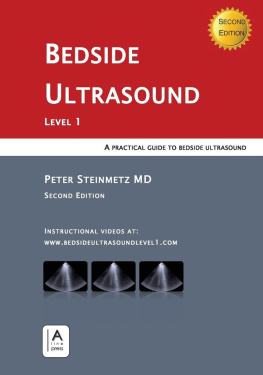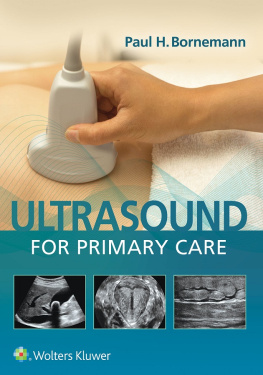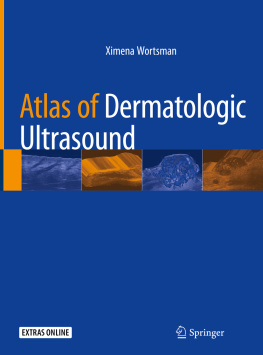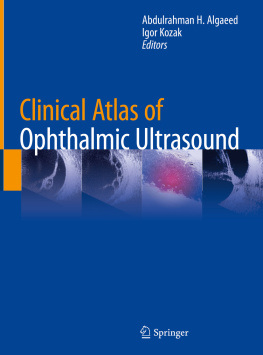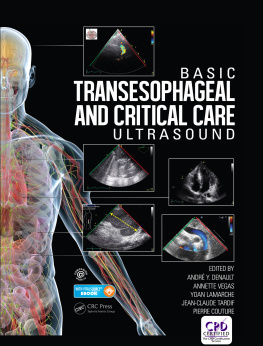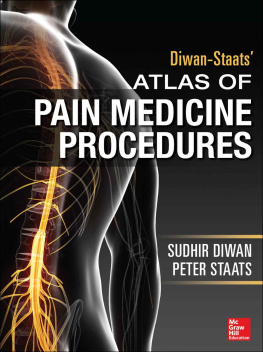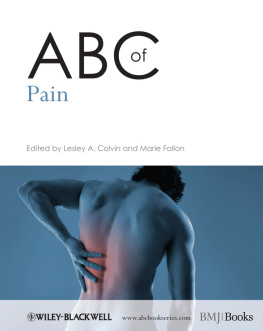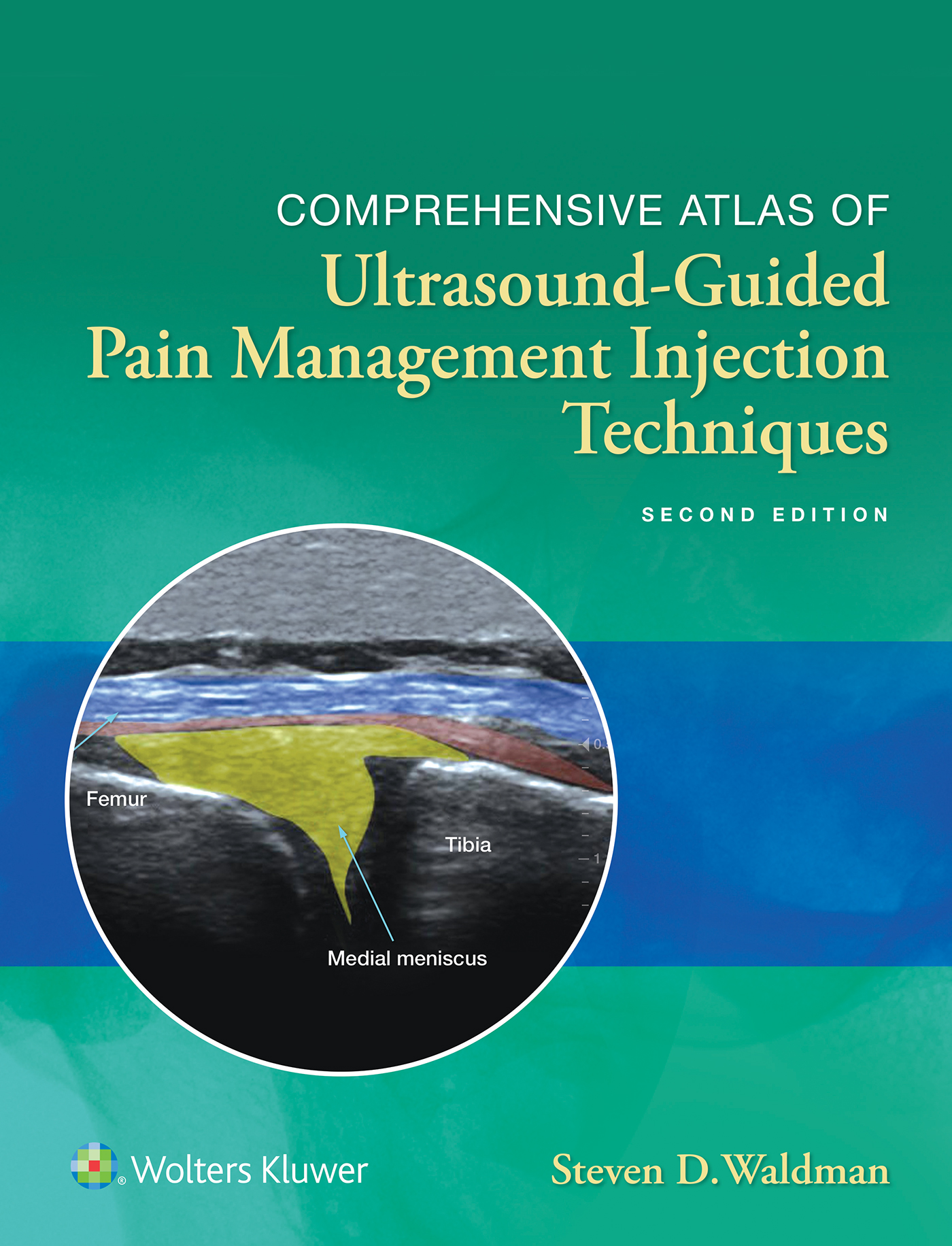Contents
Guide
Pages
COMPREHENSIVE ATLAS OF
Ultrasound-Guided Pain Management Injection Techniquess
Second Edition
COMPREHENSIVE ATLAS OF
Ultrasound-Guided Pain Management Injection Techniquess
Second Edition
Steven D. Waldman , MD, JD
Vice Dean
Professor of Anesthesiology
Professor of Medical Humanities and Bioethics
University of MissouriKansas City School of Medicine
Kansas City, Missouri

Acquisitions Editor: Keith Donnellan
Development Editor: Sean McGuire
Editorial Coordinator: Anthony GondalezEditorial Assistant: Brian Convery
Marketing Manager: Julie Sikora
Production Project Manager: Joan Sinclair
Design Coordinator: Teresa Mallon
Manufacturing Coordinator: Beth Welsh
Prepress Vendor: SPi Global
Second Edition
Copyright 2020 Wolters Kluwer
Copyright 2014 Wolters Kluwer Health/Lippincott Williams & Wilkins. All rights reserved. This book is protected by copyright. No part of this book may be reproduced or transmitted in any form or by any means, including as photocopies or scanned-in or other electronic copies, or utilized by any information storage and retrieval system without written permission from the copyright owner, except for brief quotations embodied in critical articles and reviews. Materials appearing in this book prepared by individuals as part of their official duties as U.S. government employees are not covered by the above-mentioned copyright. To request permission, please contact Wolters Kluwer at Two Commerce Square, 2001 Market Street, Philadelphia, PA 19103, via email at permissions@lww.com, or via our website at shop.lww.com (products and services).
9 8 7 6 5 4 3 2 1
Printed in China
Library of Congress Cataloging-in-Publication Data
Names: Waldman, Steven D., author.
Title: Comprehensive atlas of ultrasound-guided pain management injection
techniques / Steven D. Waldman.
Description: 2nd edition. | Philadelphia : Wolters Kluwer, [2020] | Includes bibliographical references and index. | Summary: Comprehensive Atlas of Ultrasound-Guided Pain Management Injection Techniques depicts in crisp, step-by-step detail how to prepare and perform injections under ultrasound guidance. Over 180 ultrasound-guided injection techniques are depicted in short, easy to review chapters with hundreds of full color photographs and illustrations. Coverage includes techniques for head, neck, shoulder, elbow and forearm, wrist and hand, chest wall, trunk and abdomen, low back, hip and pelvis, knee and lower extremity, and foot and ankle Provided by publisher.
Identifiers: LCCN 2019031157 | ISBN 9781975136710 (hardback)
Subjects: MESH: Pain Managementmethods | Anesthetics, Localtherapeutic use | Injectionsmethods | Ultrasonography, Interventionalmethods
Classification: LCC RC78.7.U4 | NLM WL 704.6 | DDC 616.07/543dc23
LC record available at https://lccn.loc.gov/2019031157
This work is provided as is, and the publisher disclaims any and all warranties, express or implied, including any warranties as to accuracy, comprehensiveness, or currency of the content of this work.
This work is no substitute for individual patient assessment based upon healthcare professionals examination of each patient and consideration of, among other things, age, weight, gender, current or prior medical conditions, medication history, laboratory data and other factors unique to the patient. The publisher does not provide medical advice or guidance and this work is merely a reference tool. Healthcare professionals, and not the publisher, are solely responsible for the use of this work including all medical judgments and for any resulting diagnosis and treatments.
Given continuous, rapid advances in medical science and health information, independent professional verification of medical diagnoses, indications, appropriate pharmaceutical selections and dosages, and treatment options should be made and healthcare professionals should consult a variety of sources. When prescribing medication, healthcare professionals are advised to consult the product information sheet (the manufacturers package insert) accompanying each drug to verify, among other things, conditions of use, warnings and side effects and identify any changes in dosage schedule or contraindications, particularly if the medication to be administered is new, infrequently used or has a narrow therapeutic range. To the maximum extent permitted under applicable law, no responsibility is assumed by the publisher for any injury and/or damage to persons or property, as a matter of products liability, negligence law or otherwise, or from any reference to or use by any person of this work.
shop.lww.com
This book is dedicated to
Reid Alexander Waldman, MD,
caring physician,
innovator,
researcher,
author,
foodie.....

And generational talent!
Dad
PREFACE
Its getting better all the time
Better, better, better
It's getting better all the time
Better, better, better
From
Getting Better
Sgt. Peppers Lonely Hearts Club Band
By The Beatles
A lot has happened in the world of ultrasound since the first edition of Comprehensive Atlas of Ultrasound-Guided Pain Management Injection Techniques was published in 2014. As hard as it is to believe, at that point in time, the use of ultrasound to guide pain management injection techniques was still quite controversial. Fast forward a mere 6 years and the use of ultrasound guidance has become an essential element of contemporary pain management care. The use of ultrasound-guided pain management injections now encompasses the entire continuum of painful conditions from acute to chronic and is now being used by an increasingly diverse number of medical and surgical specialties. The reason for this almost universal acceptance of ultrasound guidance is the rapidly growing body of evidence supporting its use. This evidence includes:
1. Ultrasound leads to better diagnosis. Ultrasound is unique in that it not only gives the clinician a real-time snap shot of the painful area, it often provides diagnostic information that really augments the findings gleaned from the allimportant history and physical examination. Nerve entrapments, fluid collections, tendinopathy, infection, foreign bodies, arthritis, etc., are all easily observed. Ultrasound also allows the clinician to observe the anatomic structure in question dynamically,for example, observing the bicipital tendon sublux during flexion and extension of the biceps, the sciatic nerve becoming entrapped by the piriformis muscle, etc. This real-time dynamic information leads to better clinical correlation and diagnosis, which ultimately yields better and safer treatment plans.
2. Ultrasound leads to better treatment. Much of the praise surrounding ultrasound-guided pain management procedures centers around more accurate needle placement. While there is no question in my mind that with many pain management procedures, ultrasound guidance enhances needle placement..to me the real unsung hero of ultrasound-guided procedures is when the information gleaned from an ultrasound exams tells the clinician NOT to inject a painful condition., for example, when there is significant tendinopathy that includes significant acute inflammation and substantial tendon tears indicating that even a careful injection would put the tendon at risk of rupture.


